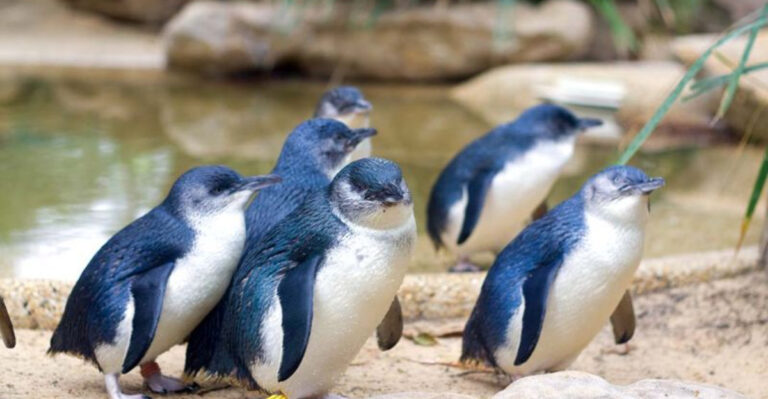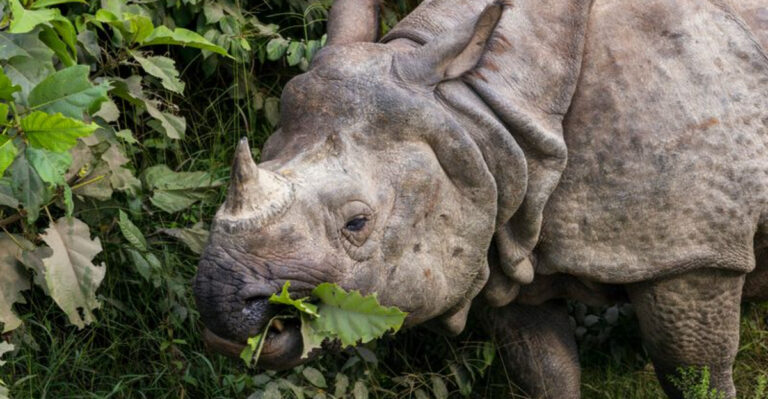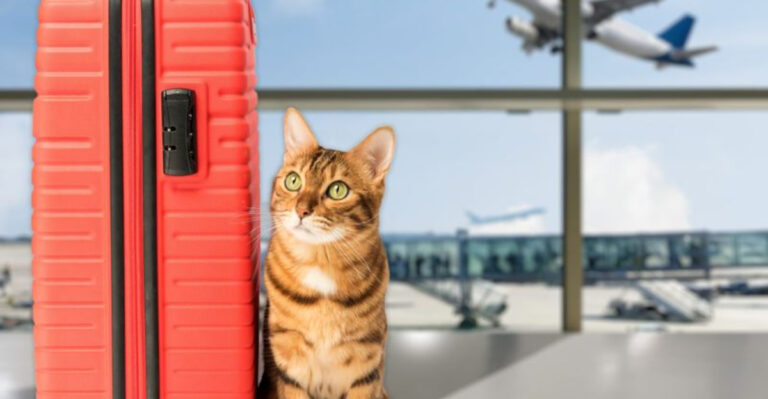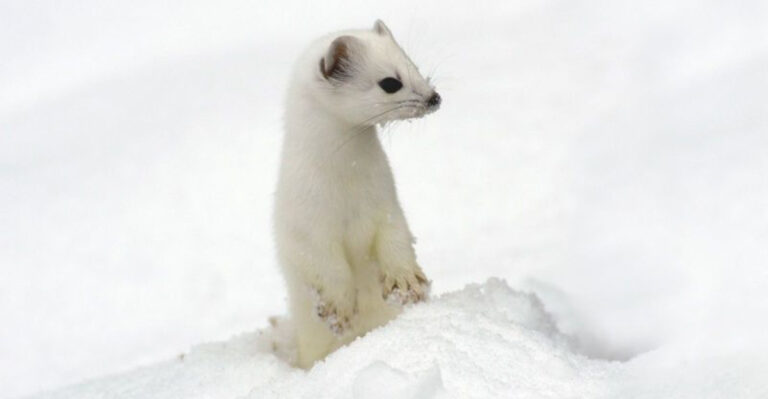12 Incredible Animals That Carry Their “Armor” Everywhere

Explore the fascinating world of animals that are protected by shells. These unique adaptations serve various purposes, from defense to mobility, and can be found in diverse environments across the globe.
1. Pangolin
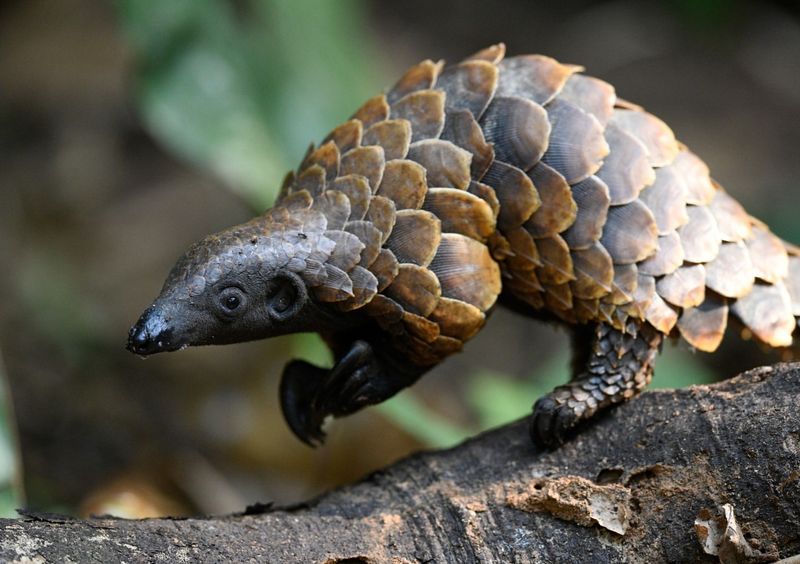
The only mammals covered in keratin scales, pangolins roll into tight balls when threatened—creating a shield nearly impossible to penetrate.
Their armor helps them survive predators, but sadly not poachers, making conservation critical for this unique species.
2. Snail
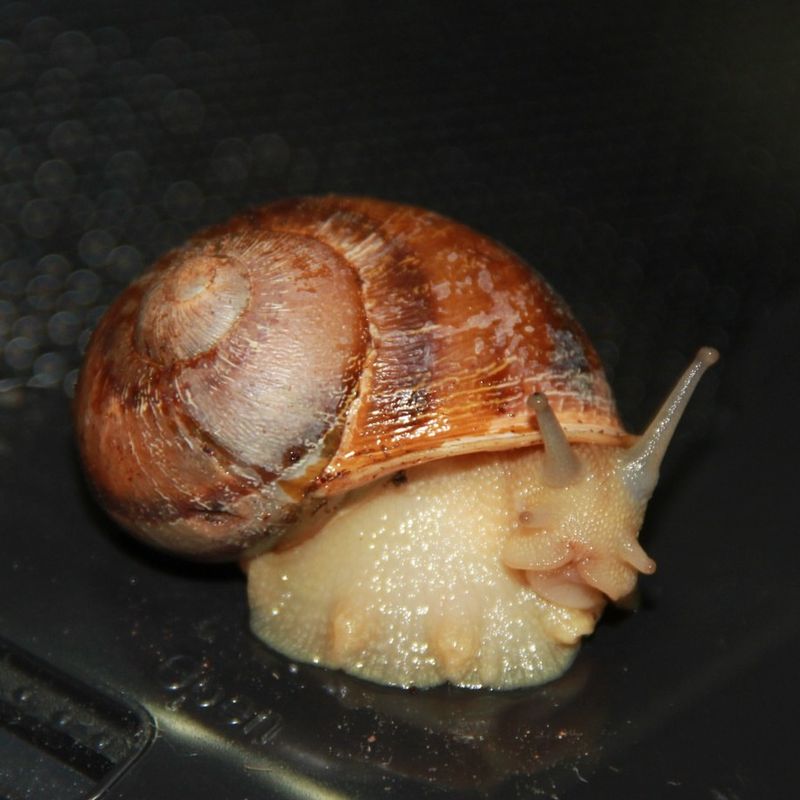
From garden paths to rainforest floors, snails carry a spiraled shell that serves as both a home and a hiding place.
When threatened, they retreat inside and seal the entrance with mucus. Their shells grow with them and reflect their health and age.
3. Scaly-Foot Snail
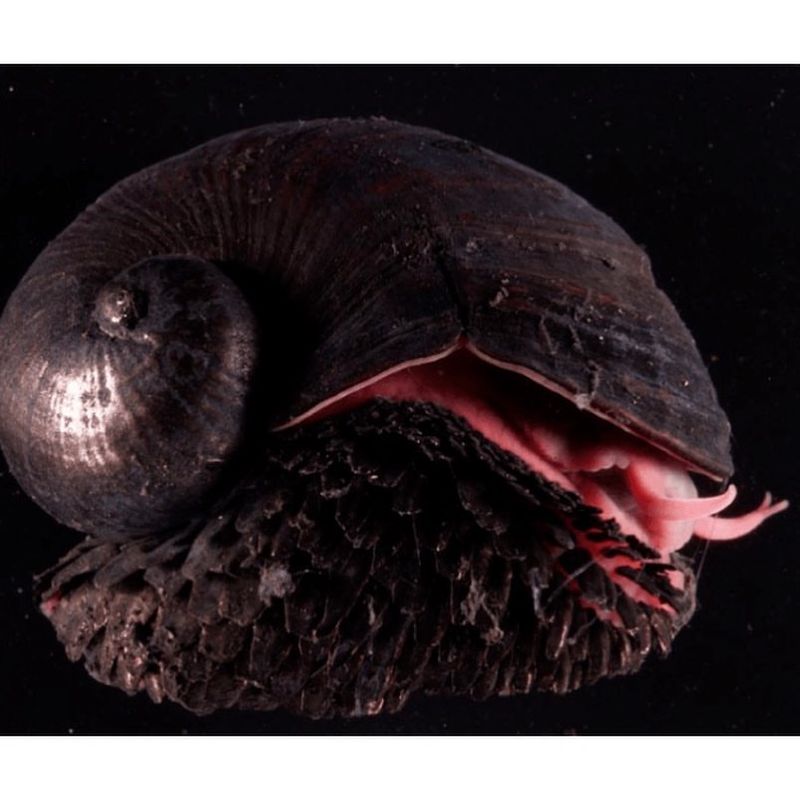
Found in deep-sea hydrothermal vents, the scaly-foot snail boasts a triple-layered shell, including iron sulfide, making it one of the toughest natural defenses in the animal kingdom.
It’s so unique, scientists have studied it for potential bio-armor applications.
4. Hermit Crab
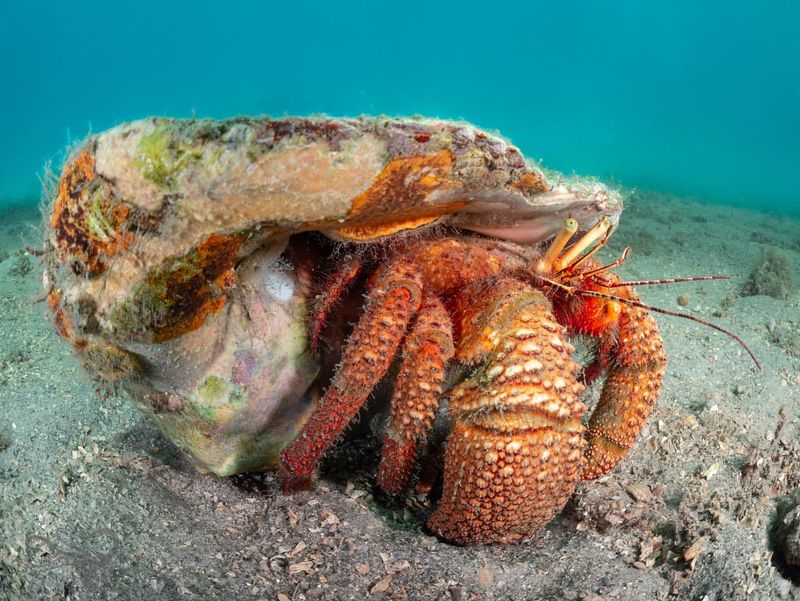
Hermit crabs don’t grow their own shells—they borrow them.
Constantly on the hunt for better-fitting homes, these clever crustaceans protect their soft bodies by moving into discarded snail shells. Their mobile armor is both a defense strategy and a quirky lifestyle.
5. Tortoise
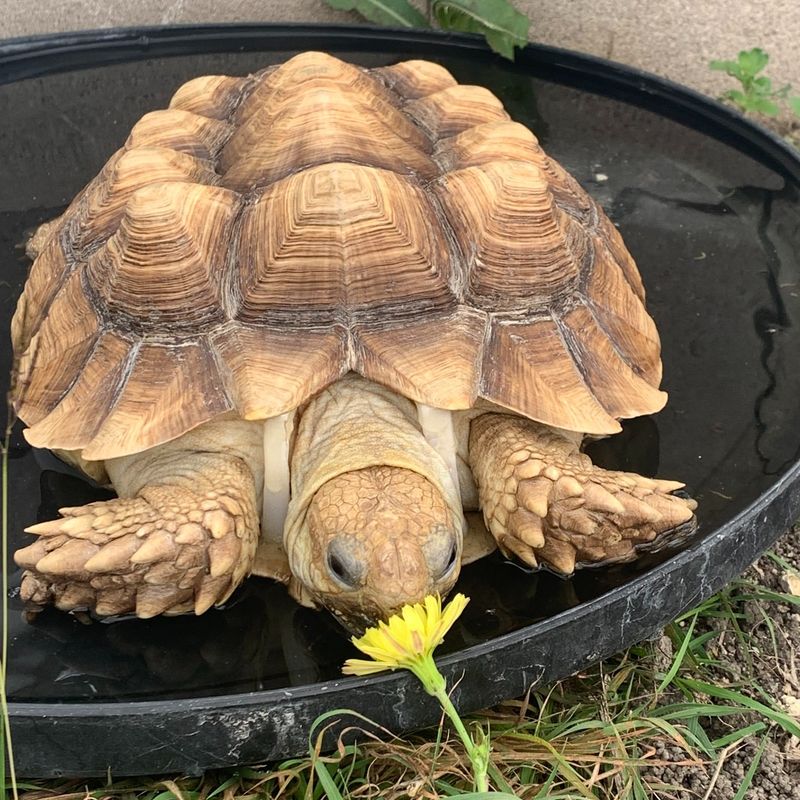
With a thick, domed shell fused to their spine, tortoises are true masters of self-defense.
This built-in bunker protects them from predators and harsh environments. Whether they’re lumbering across deserts or grazing in grasslands, their armor travels with them.
6. Nautilus
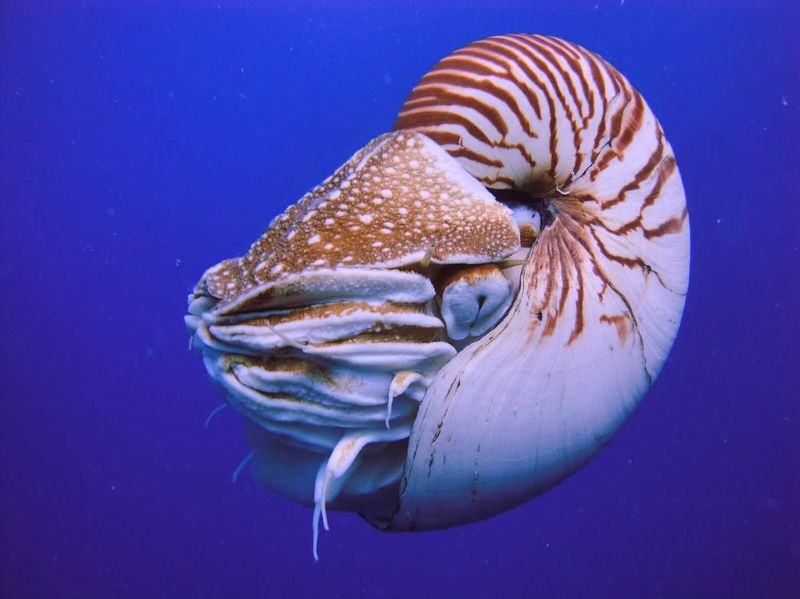
This deep-sea marvel wears a beautifully coiled, chambered shell that doubles as protection and buoyancy control.
The nautilus adjusts gas levels in its shell chambers to move up and down the ocean. Its design hasn’t changed in millions of years—because it works.
7. Turtle
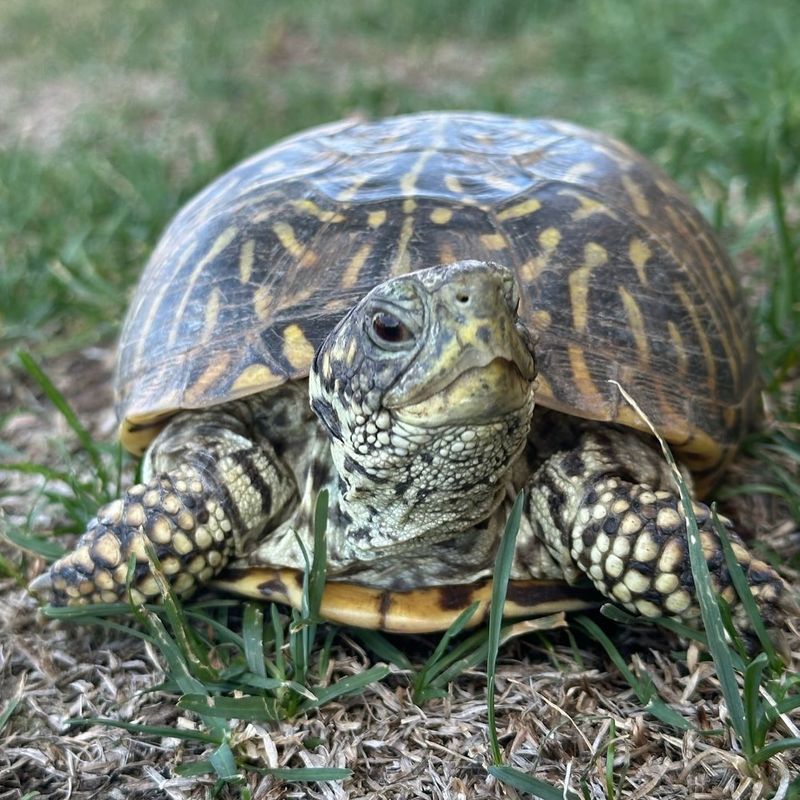
Unlike hermit crabs, turtles are born with their shells, which are part of their skeleton.
These protective shells have both bone and keratin layers, offering excellent armor against predators. Whether in water or on land, their shell is their fortress.
8. Clam
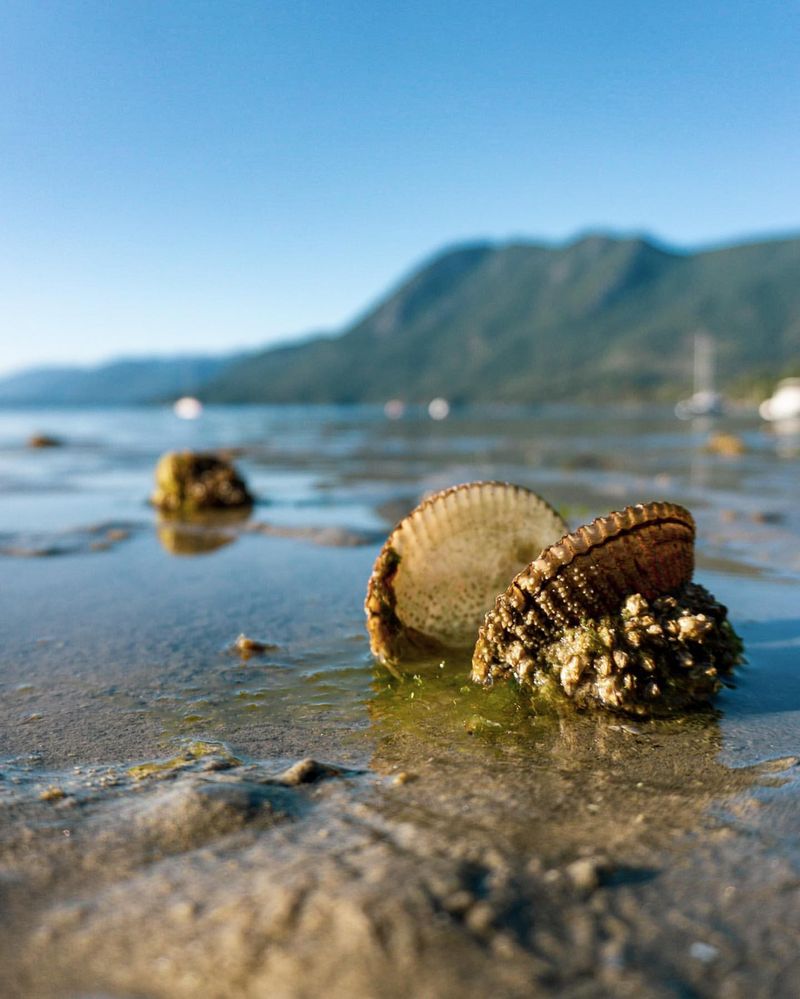
Clams are bivalves that live encased in hard shells made of calcium carbonate.
These tough shells open slightly to feed and breathe, snapping shut if danger approaches. Buried in sand or resting on the seafloor, their armor keeps them safe.
9. Armadillo
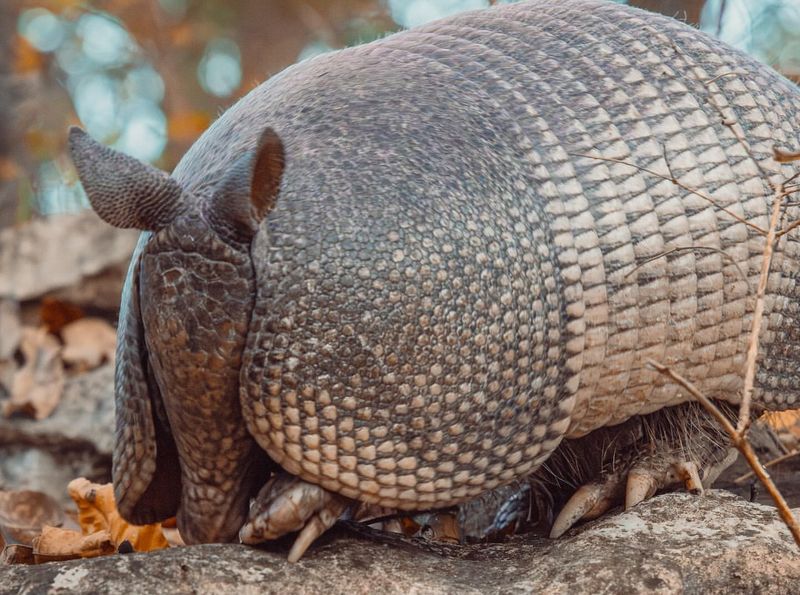
With its bony plates and flexible armor, the armadillo is like a living tank.
Some species can roll into a ball, shielding every soft part from harm. Whether evading predators or digging for bugs, its shell is always in play.
10. Oyster
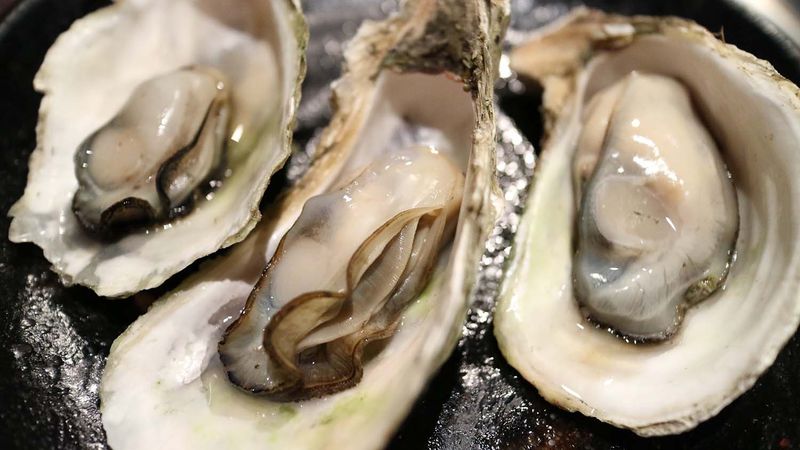
Oysters live in strong, irregularly shaped shells that protect their soft bodies from predators and strong currents.
These hard exteriors are made of layers that form over time. They’re also responsible for one of nature’s most beautiful surprises: pearls.
11. Horseshoe Crab
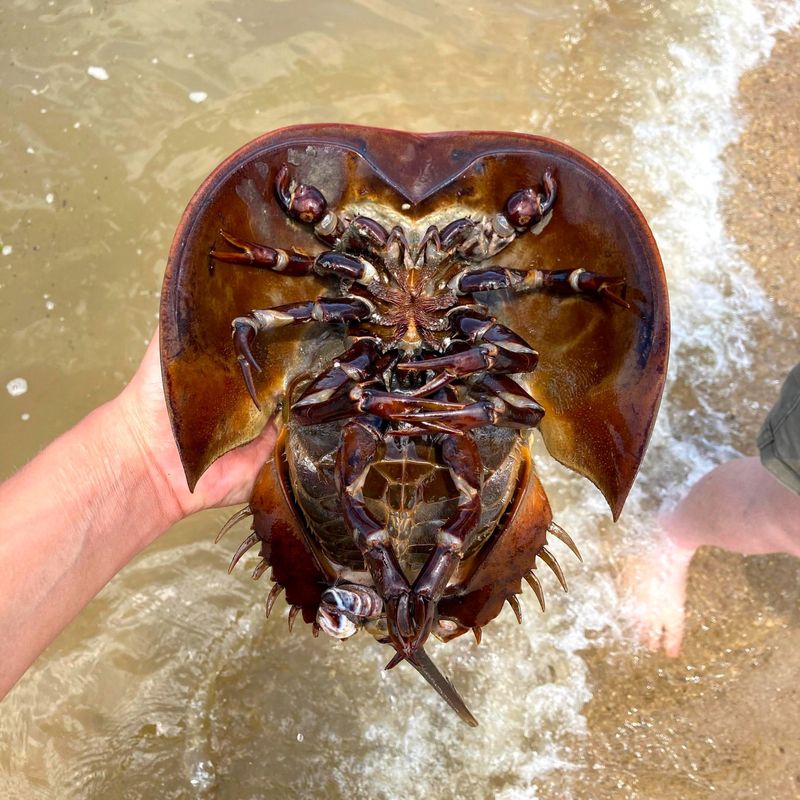
Despite their name, horseshoe crabs are more closely related to spiders than crabs.
Their dome-like shell shields them as they scuttle across seafloors. With a helmet-like carapace and spiked tail, they’ve worn the same armor for over 400 million years.
12. Chiton
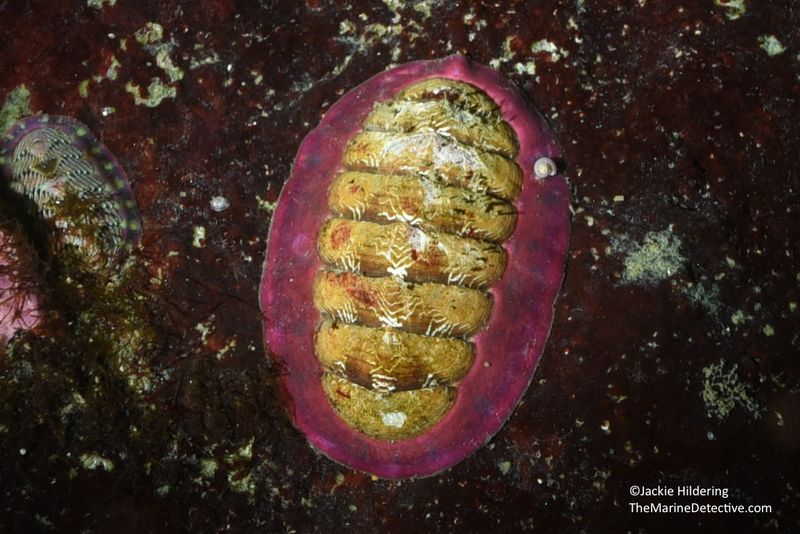
This marine mollusk wears armor made of eight interlocking plates, allowing it to curl up while still staying protected.
Found clinging to rocks in tidal zones, chitons are well-defended against crashing waves and curious predators.



